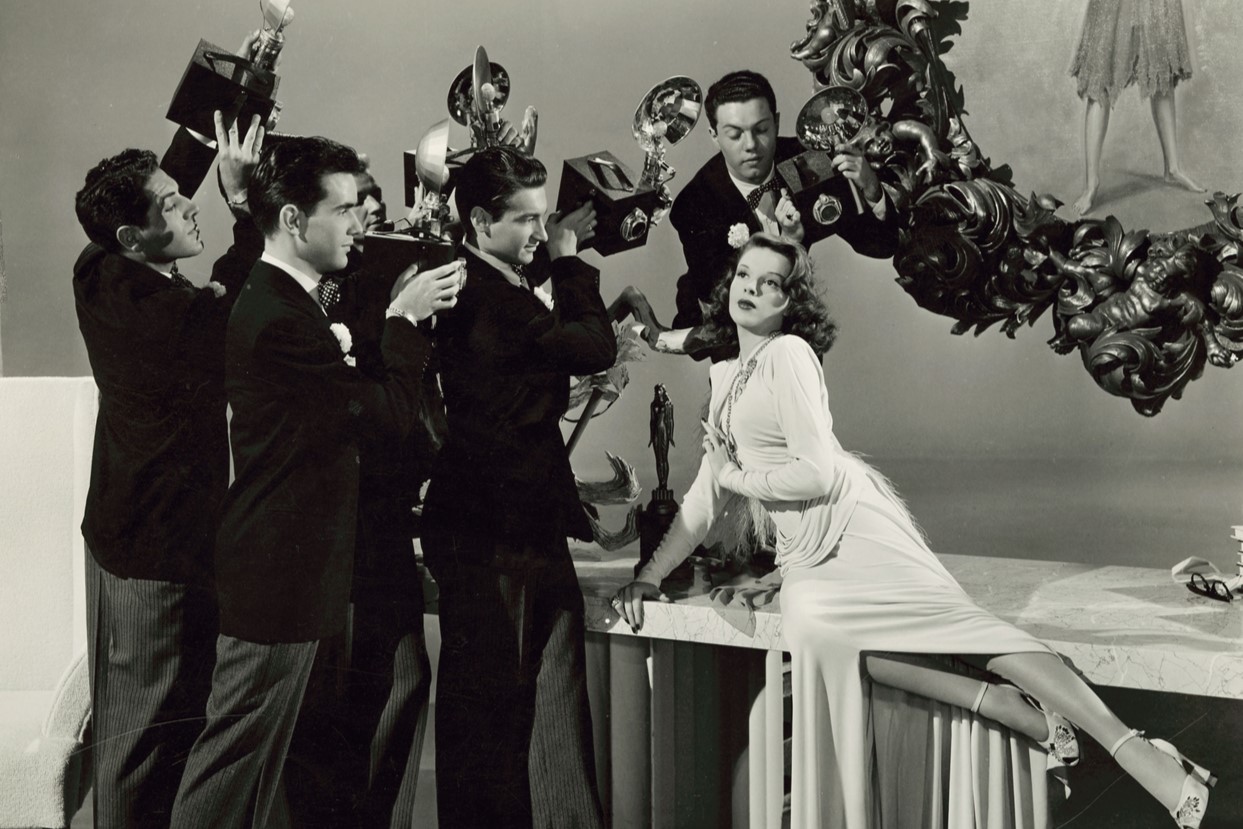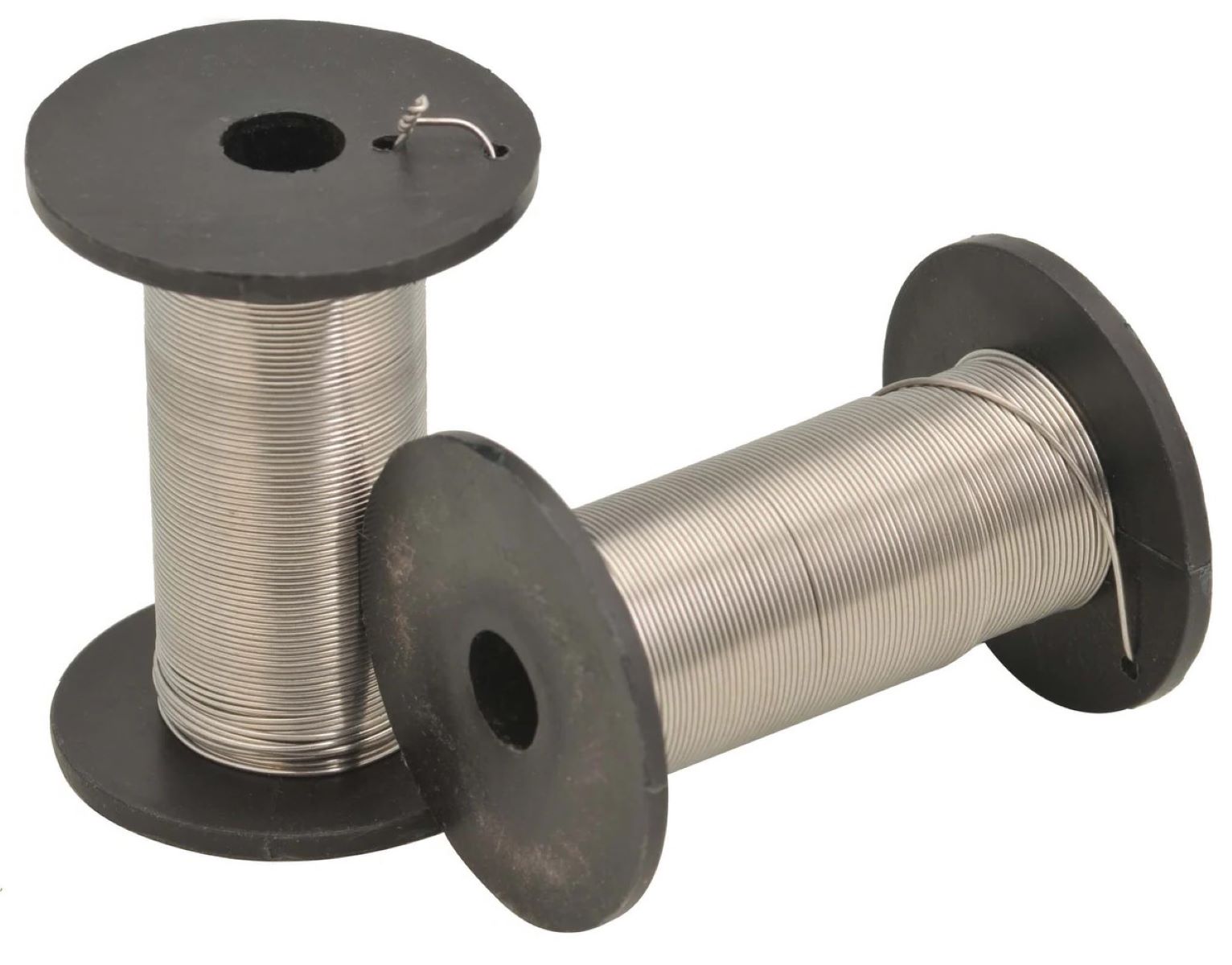
What were the Ziegfeld Follies? The Ziegfeld Follies were a series of elaborate theatrical productions on Broadway in New York City from 1907 to 1931. Created by Florenz Ziegfeld, these shows combined music, dance, and comedy, featuring stunning costumes and spectacular sets. They were known for their beautiful chorus girls, often called "Ziegfeld Girls," who became icons of beauty and style. The Follies showcased top talent of the era, including stars like Fanny Brice, Eddie Cantor, and W.C. Fields. These productions were a major influence on American entertainment, setting the standard for future musical revues.
Key Takeaways:
- The Ziegfeld Follies, a lavish Broadway production, showcased dazzling stars, extravagant costumes, and influential music, leaving a lasting impact on entertainment and culture.
- The legacy of the Ziegfeld Follies lives on, inspiring modern entertainment and culture, and continues to be celebrated for its grandeur and spectacle.
The Glamour of Ziegfeld Follies
The Ziegfeld Follies were a series of elaborate theatrical productions on Broadway in New York City from 1907 to 1931. Known for their opulence, these shows combined music, dance, and comedy. Let's dive into some fascinating facts about this iconic entertainment phenomenon.
-
The Ziegfeld Follies were created by Florenz Ziegfeld Jr., a Broadway impresario who wanted to bring the grandeur of Parisian revues to America.
-
Inspired by the Folies Bergère of Paris, Ziegfeld aimed to create a similar spectacle with American flair.
-
The first Ziegfeld Follies show premiered on July 8, 1907, at the Jardin de Paris theater on the roof of the New York Theatre.
The Stars and Performers
The Ziegfeld Follies were famous for their dazzling stars and performers. Many of them went on to become household names.
-
Fanny Brice, a comedian and singer, became one of the most famous stars of the Ziegfeld Follies.
-
W.C. Fields, a renowned comedian and actor, also performed in the Follies, showcasing his unique brand of humor.
-
Josephine Baker, an African-American dancer and singer, got her start in the Follies before becoming a sensation in Europe.
-
Eddie Cantor, a popular comedian, and singer, was another notable performer who gained fame through the Follies.
The Extravagant Costumes
The costumes in the Ziegfeld Follies were nothing short of spectacular. Designed to dazzle, they played a crucial role in the show's visual appeal.
-
The costumes were often designed by famous fashion designers, including Erté and Lady Duff-Gordon.
-
Many costumes featured luxurious materials like silk, satin, and feathers, adding to the show's opulence.
-
Some costumes were so elaborate that they weighed up to 50 pounds, making it challenging for performers to move.
The Iconic Ziegfeld Girls
The Ziegfeld Girls were the epitome of beauty and grace. They were carefully selected and trained to perform in the Follies.
-
Ziegfeld Girls were known for their stunning looks and impeccable dance skills.
-
Many Ziegfeld Girls went on to have successful careers in Hollywood, including Marion Davies and Paulette Goddard.
-
The selection process for Ziegfeld Girls was rigorous, with Ziegfeld himself often involved in choosing the performers.
The Impact on Broadway
The Ziegfeld Follies had a lasting impact on Broadway and American entertainment. Their influence can still be seen today.
-
The Follies introduced the concept of the "showgirl," which became a staple in American entertainment.
-
The success of the Follies paved the way for other lavish Broadway productions.
-
The Follies helped popularize the use of elaborate sets and special effects in theater.
The Music and Composers
Music was a vital component of the Ziegfeld Follies, with many famous composers contributing to the shows.
-
Irving Berlin, one of America's greatest songwriters, wrote several songs for the Follies.
-
George Gershwin, another legendary composer, also contributed music to the Follies.
-
The Follies featured a mix of popular songs and original compositions, making the music a highlight of the show.
The Comedy Acts
Comedy was an essential part of the Ziegfeld Follies, with many famous comedians getting their start in the show.
-
Bert Williams, one of the first African-American stars on Broadway, was a regular performer in the Follies.
-
Will Rogers, a beloved humorist and actor, also performed in the Follies, delighting audiences with his wit.
-
The comedy acts often included satirical sketches and parodies of current events, adding a humorous touch to the show.
The Legacy of Ziegfeld Follies
The legacy of the Ziegfeld Follies lives on, influencing modern entertainment and culture.
-
The Follies were the inspiration for the 1941 film "Ziegfeld Girl," starring Judy Garland, Hedy Lamarr, and Lana Turner.
-
The Radio City Rockettes, known for their precision dance routines, were influenced by the Ziegfeld Girls.
-
The term "Ziegfeld Follies" has become synonymous with lavish and extravagant productions.
The End of an Era
The Ziegfeld Follies came to an end in the early 1930s, but their impact on entertainment remains significant.
-
The Great Depression played a role in the decline of the Follies, as audiences could no longer afford such lavish entertainment.
-
Florenz Ziegfeld Jr. passed away in 1932, marking the end of an era for the Follies.
-
Despite their end, the Follies left a lasting legacy in the world of theater and entertainment.
Fun Facts and Trivia
Here are some additional fun facts and trivia about the Ziegfeld Follies that you might find interesting.
-
The Follies were known for their grand finales, which often featured all the performers on stage in a spectacular display.
-
The Ziegfeld Theatre, built in 1927, was named in honor of Florenz Ziegfeld Jr. and became a landmark in New York City.
-
The Follies were known for their "tableaux vivants," where performers would pose in elaborate scenes, often inspired by famous paintings.
-
The Follies were a launching pad for many careers, with performers often going on to achieve great success in film and theater.
-
The Follies were also known for their elaborate sets, which included everything from giant staircases to moving platforms.
-
The Ziegfeld Follies were a cultural phenomenon, influencing fashion, music, and entertainment for decades.
-
The legacy of the Ziegfeld Follies continues to be celebrated today, with many modern productions paying homage to their grandeur and spectacle.
The Lasting Impact of Ziegfeld Follies
Ziegfeld Follies left a mark on American entertainment. From its dazzling costumes to its groundbreaking performances, it set the stage for modern musical theater. The Follies introduced audiences to stars like Fanny Brice and Will Rogers, who became household names. Its blend of comedy, music, and dance influenced countless productions that followed.
The show's legacy lives on in Broadway revivals and pop culture references. It wasn't just a show; it was a cultural phenomenon that captured the spirit of its time. The Follies pushed boundaries, challenged norms, and entertained millions. Its impact can still be felt today, reminding us of a time when theater was the heart of American entertainment. So next time you see a Broadway show, remember the Ziegfeld Follies and its role in shaping the world of performance.
Frequently Asked Questions
Was this page helpful?
Our commitment to delivering trustworthy and engaging content is at the heart of what we do. Each fact on our site is contributed by real users like you, bringing a wealth of diverse insights and information. To ensure the highest standards of accuracy and reliability, our dedicated editors meticulously review each submission. This process guarantees that the facts we share are not only fascinating but also credible. Trust in our commitment to quality and authenticity as you explore and learn with us.


